Today in this article we are going to take a look at Australia’s Citrus, Navel, and all incredible oranges, with their seasons, harvesting and other useful tips.
So, Stay With us!
Mother Nature is a very accommodating woman. To counteract the advent of cold and flu season, she provides an abundance of high-quality, all-natural vitamin C supplies just when we need them. Citrus fruits are now in season and ready to be consumed for their vitamin C content.
When supplied internally, this helps the body create more white blood cells, which are necessary for fighting infections. Citrus’ phytonutrient concentration shows that it may be effective as a disease preventative.
When paired with several other vitamins and minerals, this sweet and sour delight becomes the ultimate immune booster.
Regarding citrus, Australians have plenty of alternatives. There is a citrus variety for everyone, whether they are in the mood for something sweet, need a refreshing drink, want to spice up a meal, or are just interested to try something different. In addition to being very helpful to your health, citrus offers a vast array of culinary applications.
Blood orangeIn this season, from June to October, navel oranges are commonly available. To prevent the dreaded crud, you just need one navel orange of medium size to complete your daily vitamin C needs.
The key regions for navel orange production are the southern regions of the Murray Valley, the Riverina region of New South Wales, and the Riverland region of South Australia.
Although Valencia oranges, which are mostly grown in the Riverina, are accessible throughout the year, they are now out of season. They will return from November to February for the summer.

Oranges may be used to add zest to baked items, sauces, and marinades. They are also great when consumed fresh. However, the resulting juice should be drunk shortly after preparation.
Due to the presence of limonin in navel oranges, the juice may turn bitter if kept for too long. Retaining the pulp will add vital fibre to your diet, so be mindful.
Fresh Mandarins are available between April and October. The Imperial is the most popular of these citrus fruits due to its exceptional sweetness, low seed content, and simplicity of peeling. Mandarin oranges are primarily grown in a number of places in the southern United States and Queensland.
Vitamins A, B, and C, as well as calcium, phosphorus, and magnesium, are abundant in this lunchbox staple. Mandarins, like oranges, are an excellent complement to baked products such as muffins, puddings, and cakes.
You can also use them to prepare a tasty chicken glaze or sweet-and-sour pork. Mandarin peel may be used to make a delicious and healthful tea.
Mixed citrus fruitsThe majority of the time, lemons and limes are available throughout the year. However, the best period to get limes was from January to April, and that window has already closed.
The main citrus-growing regions of Australia provide an abundance of lemons. They are common in the Riverland of South Australia.
the Sunraysia of Victoria and New South Wales, the Riverina and Central/North Coast of New South Wales, as well as the outback of Western Australia. Queensland and the Northern Territory are two other early-season fruit-harvesting states.
Lime imports are mostly sourced from the United States, the Cook Islands, Egypt, New Caledonia, New Zealand, and Spain.
Despite this, there are still many farmers in Australia, with Queensland acting as the country’s principal supplier. It is crucial to know whether or not the limes you purchase were grown in Australia.
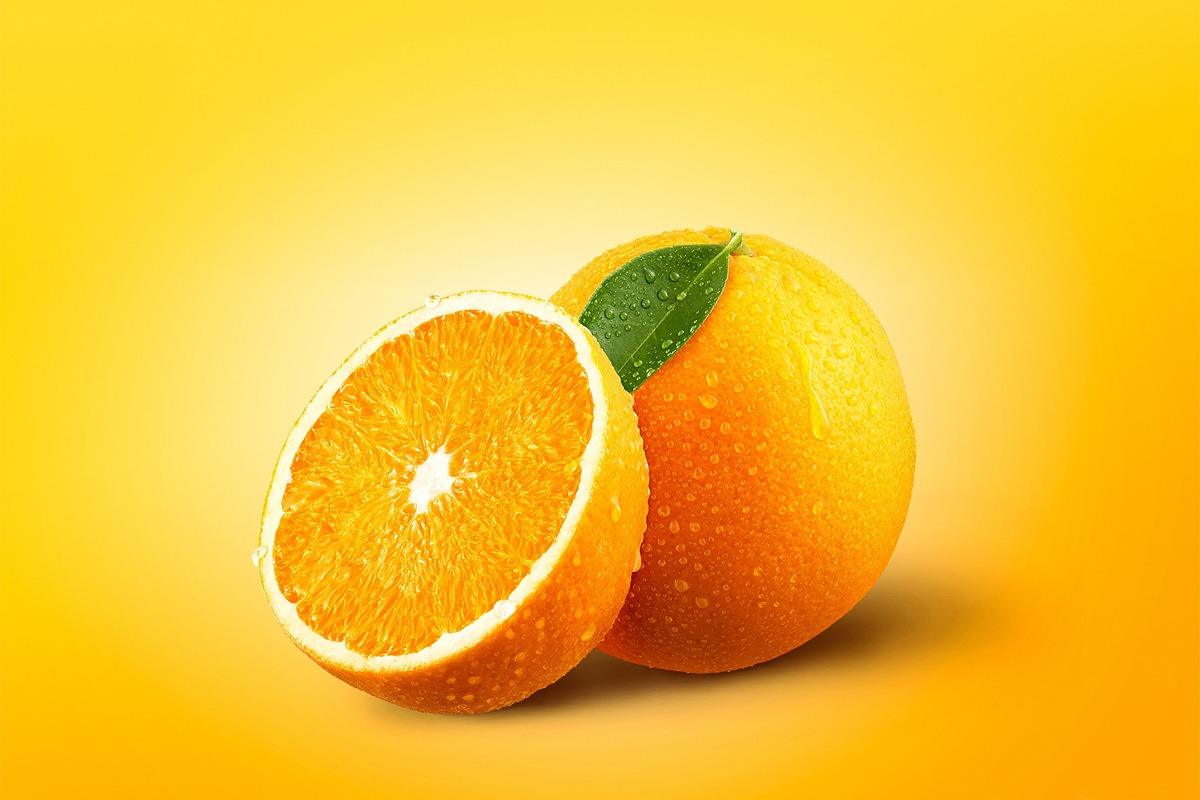
Lemon butter or lemon curd is one of our favourite lemon-based treats. They used to be widespread at fairs and bake sales, but they are less prevalent now. It’s a shame, since it tastes incredible. Similarly, lemons provide a reviving flavour to sweet baked goods.
Lemon chiffon tray bake, courtesy of Sally Wise, cookbook author. This tart fruit may enhance the flavour of roasted poultry, fish, or lamb.
Lime juice contributes to the flavour of dressings, sauces, and vinaigrettes. Lime is an adaptable ingredient that pairs nicely with shrimp, noodle bowls, tacos, salsas, and even the classic margarita. Cheers.
GrapefruitIn addition to oranges, grapefruits are available throughout the year in a vast array of colours and varieties. The bulk of our grapefruit is produced in the Western and Northern regions, however, it is also cultivated in Queensland, New South Wales, and Victoria.
Grapefruits have a more sour taste than oranges and mandarins, between a lemon and an orange, but with a nice floral undertone.
If you find grapefruit harsh, don’t add too much sugar; instead, consider adding a touch of salt. Grapefruit may be used in a number of ways, including in beverages, salads, and desserts. It pairs well with seafood and may be used in several seafood dishes.
Recently, Yuzu Yuzu has become pretty fashionable. Yuzu lamingtons, yuzu gin and beer, yuzu salad dressings, yuzu olive oils, and yuzu juice are all available. Top restaurants such as Quay and Tetsuya’s have also included the famous citrus fruit in their menus.
Even though yuzu is growing more popular, only a few farms cultivate the fruit for sale. In New South Wales, Buck’s Farm in Chillingham cultivates them; in Victoria, Mountain Yuzu in Eurobin does so; and in South Australia, G.M.
Arnold & Son in Waikerie does so. Between February and July, yuzu may be picked for anywhere from a few weeks to many months.

Culinary experts and novices alike like the citrus fruit yuzu’s aromatic and delicious zest and juice. Some have likened it to a combination of citrus fruits, namely lime, lemon, and grapefruit.
You may substitute yuzu juice for lemon or lime juice in cocktails and mocktails, but bear in mind that it is far more strong than lemon and lime juice.
Additionally, yuzu juice may be used as a marinade for ceviche or to flavour raw oysters. Consider integrating yuzu juice into sweets such as custards and meringues.
Utilization of a Blood OrangeNot only is this fruit delicious, but it also offers remarkable health advantages. The antioxidant anthocyanins contained in a single orange of standard size give several health benefits. Blueberries and cherries are two more citrus fruits that are commercially accessible and contain anthocyanins.
In addition, the hydroxycinnamic acids present in blood oranges have been associated with a number of health advantages, including antioxidant activity, inflammation reduction, antibacterial activity, and UV radiation protection.
The largest blood orange plantation in all of Southern Asia is situated in New South Wales at Redbelly Citrus. Three generations of this family have been involved in citrus cultivation. A few merchants in New South Wales, Victoria, and Queensland sell Redbelly Citrus.
Blood oranges are an adaptable item that may be used in both sweet and savoury dishes. Chicken is served with fennel and red onion oven-roasted in blood orange peri-peri sauce.
CumquatThe little cumquat is the smallest citrus fruit. They are also the ones we do not comprehend entirely. Unlike oranges, cumquats may be eaten with their skins intact.

The surface of the fruit is delicious, but the flesh is sour and harsh. They provide a nice contrast when eaten together. In addition to their many culinary applications, cumquats may be used to make jams, marinades, chutneys, and sauces.
Despite their little size, cumquats deliver a nutritious punch. They are rich in healthy elements like as dietary fibre, antioxidant vitamins (C, E, and B3), and minerals (potassium, calcium, iron, and copper).
They contain an abundance of the antioxidant beta-carotene. Before eating an apple, roll it between your fingers to release the juices. The fruit will lose part of its bitterness and the skin will become more malleable.
Although cumquats are not as commonly accessible as other citrus fruits, some commercial producers do grow the fruit. Andrew and Patria Kohler of South Australia moved their attention from stone fruit to cumquats some years ago and now run The Kumquatery.
This supplies both raw cumquats and processed products, such as jams and syrups, prepared from the fruit. In addition, Cumquats Australia in Cressbrook, Queensland offers a variety of cumquat-based products.
The Navel orange is the most popular kind, and it is defined by its absence of seeds, thin, easily peeled skin, exceptionally sweet, juicy flesh, and a protrusion at one end supposed to resemble a human navel (hence the name of this variety)
The climate and natural environment of Australia are suitable for cultivating oranges.
Murray Valley in Victoria, Riverina in New South Wales, and Riverland in South Australia comprise the greatest growing region in south-east Australia.
It may take three years for an orange tree grafted onto a rootstock to begin giving fruit, whereas it may take up to 15 years for a tree grown from seed to bear fruit.
A mature navel orange tree may produce up to 180 kilogrammes of fruit, whilst a young tree may only yield 9 kilogrammes.
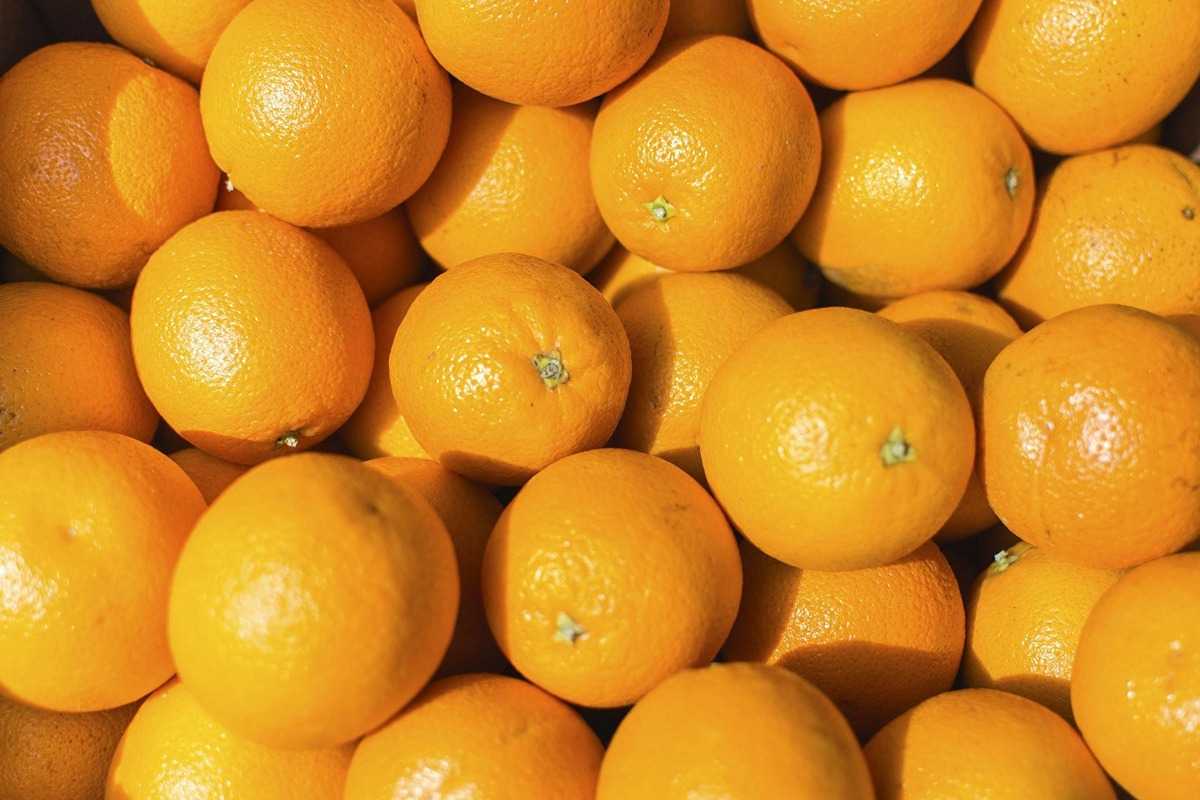
From June through October each year, individuals from all around the globe may purchase fresh, in-season Australian Navel Oranges.
Employ and formulasOranges from Australia may be utilised in a broad variety of sweet and savoury dishes.
Because oranges include both carbohydrates and B vitamins, they offer a healthy alternative to sugary beverages and chocolate bars.
Positive Health EffectsOranges from Australia are well-known for their naturally immune-boosting properties and high Vitamin C content.
In addition to being high in potassium, they also contain folate, fibre, and antioxidants.Among the many nutritional and physiological benefits of Australian oranges are:
Beneficial for controlling blood pressure due to its high potassium and low sodium content; rich in antioxidants that keep you fit and healthy throughout the year; nutrition dense, which is beneficial for weight management.
Excellent source of folate for pregnant women (may help avoid spina bifida) and the rest of the family (supports the immune system and heart);
Selecting and storing in privateSelect fruits and vegetables with firm, vibrant orange peel that feels substantial for their size (avoid dry, wrinkled or softer looking oranges as they do not ripen further after harvest.).
Oranges have a two-week shelf life at room temperature and a significantly longer life in the refrigerator.Moisture left on the orange peel promotes mould development; thus, it is recommended to preserve them unwashed.
Peel oranges or wash them in cold water to prepare them for slicing. Always use a sanitary cutting board while chopping to prevent the transmission of germsOranges should not be stored at temperatures below or below 3 degrees Celsius.
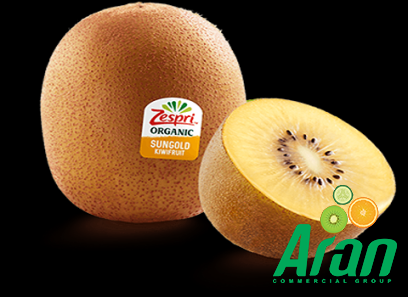
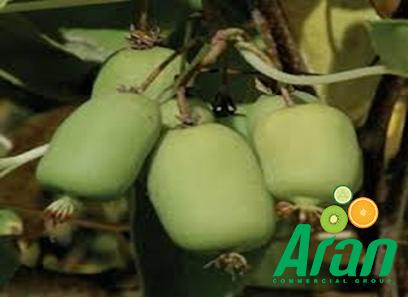
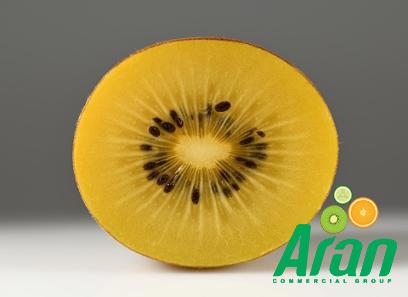


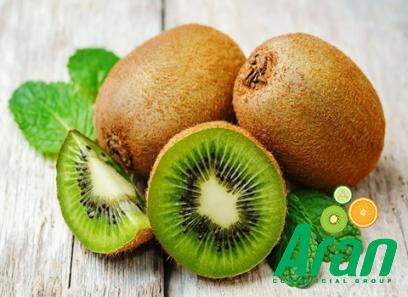

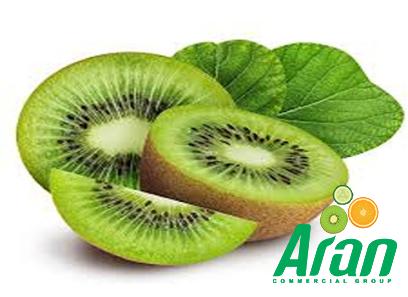

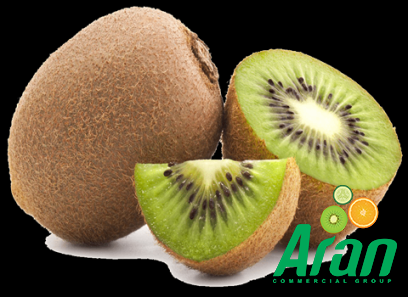
Your comment submitted.